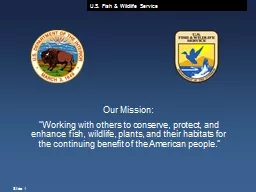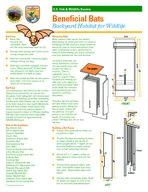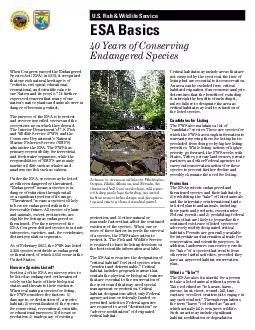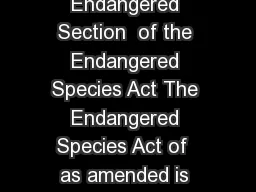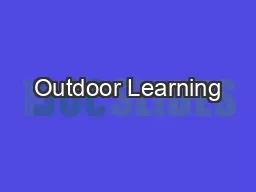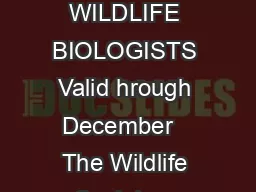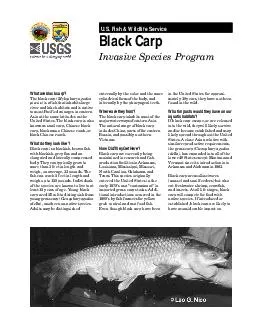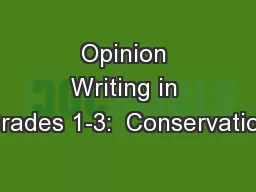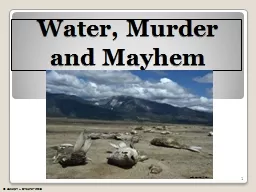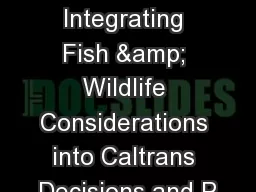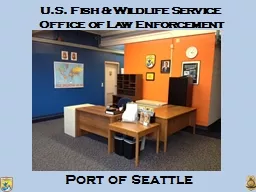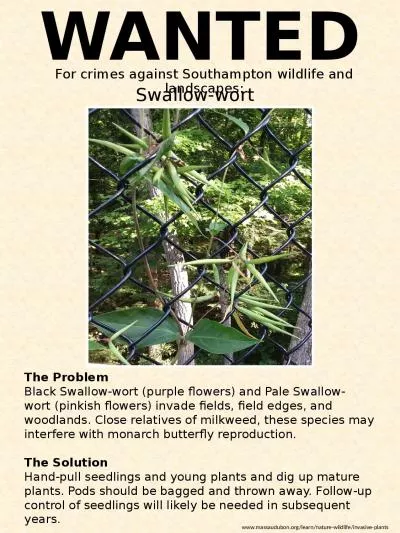PPT-Our Mission: “Working with others to conserve, protect, and enhance fish, wildlife,
Author : marina-yarberry | Published Date : 2018-10-08
Goals for today Proposals to protect Sierra amphibians Describe whats proposed Discuss the timeline and opportunities for public involvement Identify the types of
Presentation Embed Code
Download Presentation
Download Presentation The PPT/PDF document "Our Mission: “Working with others to c..." is the property of its rightful owner. Permission is granted to download and print the materials on this website for personal, non-commercial use only, and to display it on your personal computer provided you do not modify the materials and that you retain all copyright notices contained in the materials. By downloading content from our website, you accept the terms of this agreement.
Our Mission: “Working with others to conserve, protect, and enhance fish, wildlife,: Transcript
Download Rules Of Document
"Our Mission: “Working with others to conserve, protect, and enhance fish, wildlife,"The content belongs to its owner. You may download and print it for personal use, without modification, and keep all copyright notices. By downloading, you agree to these terms.
Related Documents

